
Army researchers develop tasty, healthy performance bar
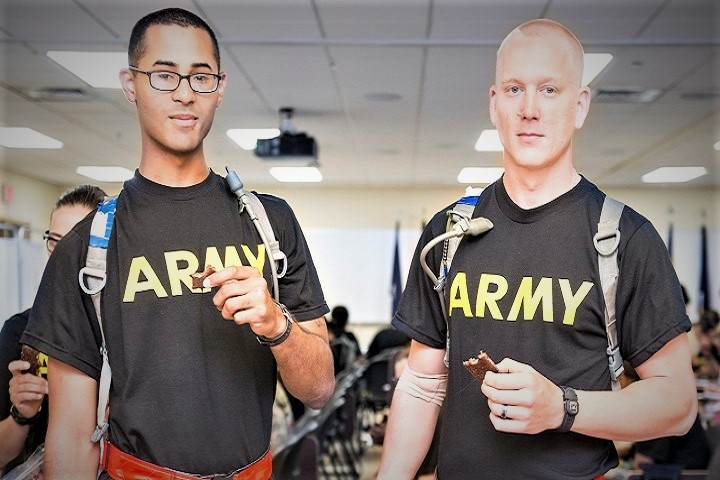
Two U.S. Army soldiers eat a version of the Performance Readiness Bar. USARIEM researchers will monitor them to test whether the bar affects bone density. (U.S. Army photo by Mr. David Kamm)
NATICK, Mass. — Optimizing bone health and preventing musculoskeletal injuries in service members is a complex science. The U.S. Army Research Institute of Environmental Medicine consistently takes on that challenge.
USARIEM is a U.S. Army Medical Research and Materiel Command laboratory based in Natick, Massachusetts, the home of the Soldier Systems Center — the only place in the Army that touches every element of a soldier’s performance, from boots to increasing readiness and lethality. USARIEM’s Military Nutrition Division researchers work to understand the physiological needs of the soldier and then aim to meet those needs through nutrition guidelines and recommendations for food items.
Researchers took on the challenge of creating an innovative way to keep soldiers ready to train and fight. The result? The Performance Readiness Bar, fortified with calcium and vitamin D to create stronger bones.
Army research physiologist Dr. Erin Gaffney-Stomberg says coming up with the PRB was a lengthy process.
“USARIEM studied the effects of calcium and vitamin D starting about six years ago. The results of the first randomized, controlled trial were that those who consumed a bar containing calcium and vitamin D daily throughout basic training experienced greater increases in bone density compared to those who got the placebo,” Gaffney-Stomberg said.
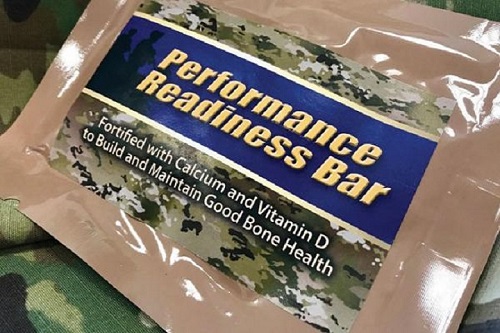
U.S. Army’s Performance Readiness Bar. (U.S. Army photo by Mallory Roussel)
Calcium and vitamin D have already been proven to be necessary nutrients to support bone health. However, the USARIEM researchers’ findings indicated that basic trainees needed higher-than-average amounts of calcium and vitamin D to support bone health during basic training.
USARIEM sent these results to the Combat Feeding Directorate from Natick Soldier Research, Development and Engineering Center, a neighboring lab within Soldier Systems Center. While it was USARIEM’s job to make nutrition recommendations for the bar, it was the CFD’s job to make sure the bar could stand up to the rigors of the training environment, and meet safety standards while still tasting good.
The two labs developed the PRB, which provides the nutrients necessary to support physical readiness by fueling muscle growth and bone health.
The bar addresses nutritional deficiencies that some recruits come to basic training with, such as low vitamin D levels. The PRB works to correct those deficiencies.
Army.mil reports:
Years of nutrition research and field studies by USARIEM scientists have demonstrated that higher levels of calcium and vitamin D in the body increases bone density in response to training. Eating the calcium and vitamin D-fortified Performance Readiness Bar supports a recruit’s bone health and thereby will hopefully reduce injury risk.
“With the help of an expert panel including the Center for Initial Military Training, the Joint Culinary Center of Excellence, the Defense Logistics Agency, USARIEM and CFD the bar was rolled out at four Army basic training sites,” Gaffney-Stomberg said. The program’s evaluation is ongoing.
So, how does it work?
“The bar is a standalone item and is offered once a day, each day,” Gaffney-Stomberg explained. “It’s essentially a fourth meal.”
Recruits are offered the bar every day. Each bar is counted and recruits get one per day, somewhere between dinner and before going to sleep.
Researchers from USARIEM’s Military Nutrition and Military Performance Divisions are now taking a detailed look at how daily consumption of the bar impacts recruits. In one of the largest data collections in USARIEM’s history, this multidisciplinary group of researchers is collecting bone and muscle data from 4,000 recruits as they go through basic training and onto the start of their military careers. The goal of this four-year study is to better understand who is more likely to get injured and exactly what factors can affect injury risk. One of the factors the researchers are looking at is whether the recruits ate the PRB, which will help them evaluate whether the bar makes a difference in injury risk.
When the researchers finish collecting data from all 4,000 recruits, their ultimate goal is to use these data, including the findings collected from evaluating the PRB, to provide guidance that will make a substantial impact on reducing injuries in our nation’s warfighters.
This nutritional advancement is cost-neutral for the military. An underutilized commercial energy bar was removed from dining facilities to make room for the PRB. The new bar is provided to the units where control of the bars is managed by cadre leaders and eaten outside of the dining facility.
Researchers aren’t simply working to provide recruits and soldiers with something that only tastes good; it has to make sense for their bodies as well. The PRB was created with evidence-based science and was designed to sustain performance consistent with the modernization goals of the Army. It helps recruits endure the pace of training.
And, the PRB isn’t just for soldiers. The Air Force is in the acquisitions process for a PRB or a similar product.
Disclaimer: Re-published content may have been edited for length and clarity. Read original post.
Proper sleep hygiene as a force multiplier
Article
9/5/2018
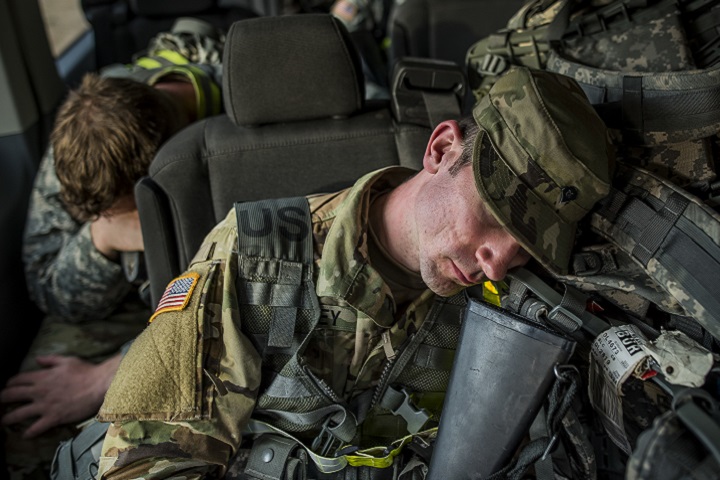
Sleep is cheap; it costs nothing to rest troops properly, with proven, immediately realized returns
Guard Soldier uses medical skills to save boy’s life
Article
8/31/2018
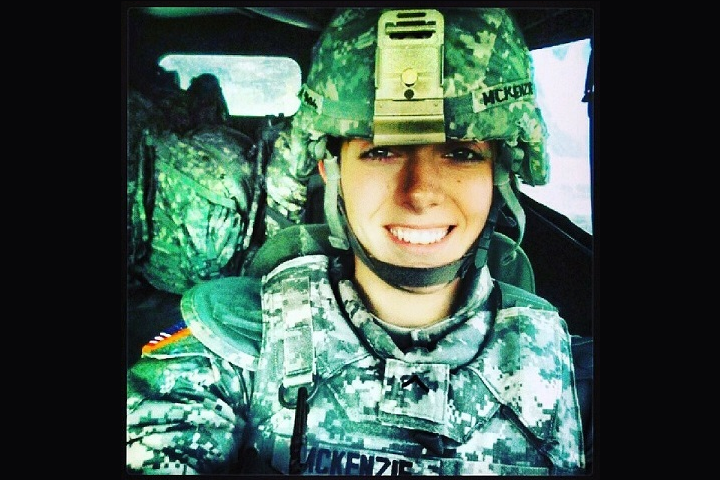
McKenzie just completed combat life-saving training and immediately began to triage the injuries the boy sustained in the fall
Leptospirosis
Infographic
8/27/2018

Leptospirosis: The presence of leptospirosis in the Republic of Korea (ROK) poses a potential threat to more than 40,000 U.S. Armed Forces personnel and their family members who reside in the ROK. This is the first published study for risk assessment of leptospirosis among U.S. Army soldiers assigned to the ROK.
Staphylococcus
Infographic
8/27/2018

Staphylococcus: Staphylococcus aureus is a major cause of skin and soft tissue infection (SSTI). Military personnel in congregate settings (e.g., training, deployment) are at increased risk for S. aureus colonization and SSTI. For a 7-month period in 2016, an observational cohort study of S. aureus colonization and SSTI among U.S. Navy submariners was ...
Norovirus
Infographic
8/27/2018

Beginning in 2011, the Operational Infectious Diseases (OID) laboratory at the Naval Health Research Center has undertaken routine surveillance of four U.S. military training facilities to systematically track the prevalence of acute gastroenteritis and to establish its etiologies among U.S. military recruits.
U.S. doctors save Italian patient hours from death
Article
8/8/2018

The patient had a fever, a very high heart rate and low oxygen levels
Trauma care reference body now woven into DHA combat support
Article
8/3/2018
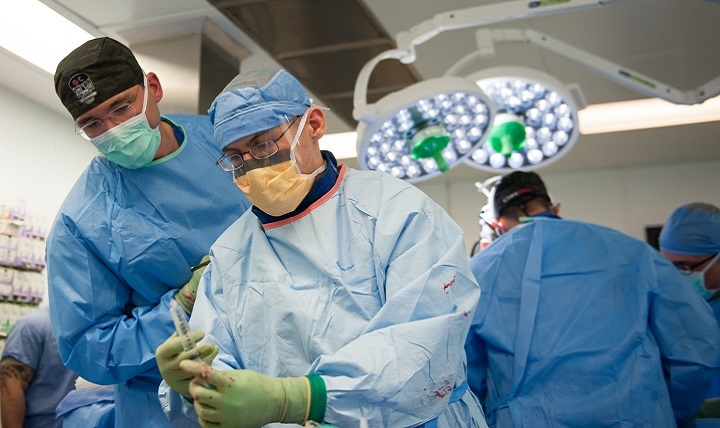
The JTS mission is to provide evidence-based process improvement of trauma and combat casualty care to drive morbidity and mortality to the lowest possible levels, and to provide recommendations on trauma care and trauma systems across the Military Health System
Shanahan discusses medical readiness, DHA transfer at Womack
Article
8/1/2018

The fiscal year 2017 National Defense Authorization Act transfers the administration and management of military medical treatment facilities to the DHA beginning Oct. 1, 2018
Leaders come together to rehearse military healthcare transition
Article
7/31/2018
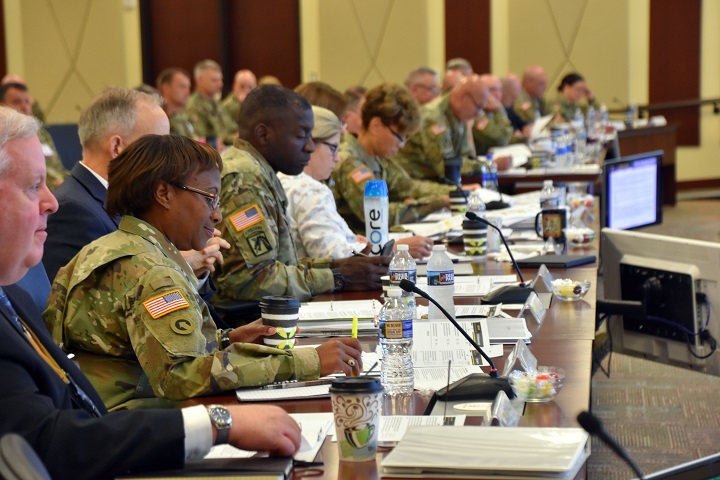
There should be zero impact on delivery of medical services that support readiness of the force
Food Allergy
Infographic
7/25/2018

Individuals with a history of food-allergy anaphylaxis or a systemic reaction to food do not meet military accession or retention standards and require a waiver in order to serve in the military. First-line treatment for anaphylaxis includes rapid administration of epinephrine.
Acute Injuries
Infographic
7/25/2018

Service members in the U.S. Armed Forces frequently engage in high levels of physical activity to perform their duties, and such activity can potentially result in training- or duty-related injury. This report summarizes the incidence, trends, types, external causes, and dispositions of acute injuries among active component U.S. service members over ...
Preparing for travel can prevent illness
Article
7/17/2018
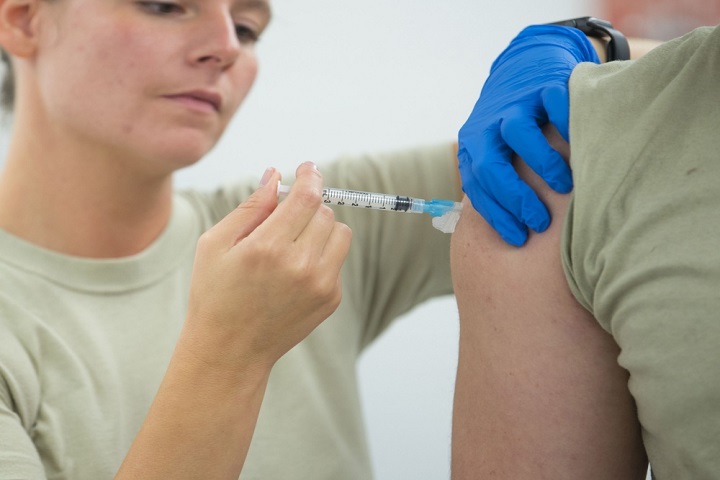
Experts encourage travelers to be proactive about their travel medicine needs, including learning about the health risks associated with the destination and checking with their doctor to make sure they’re in good health
Global Influenza Summary: July 8, 2018
Report
7/8/2018
Department of Defense Midseason Vaccine Effectiveness Estimates for the 2017-2018 Season, U.S. Armed Forces, 2000–2015 Vaccine Effectiveness
Infographic
7/3/2018

Operation Bobcat provides free healthcare to residents of Eastern Kentucky
Article
7/2/2018
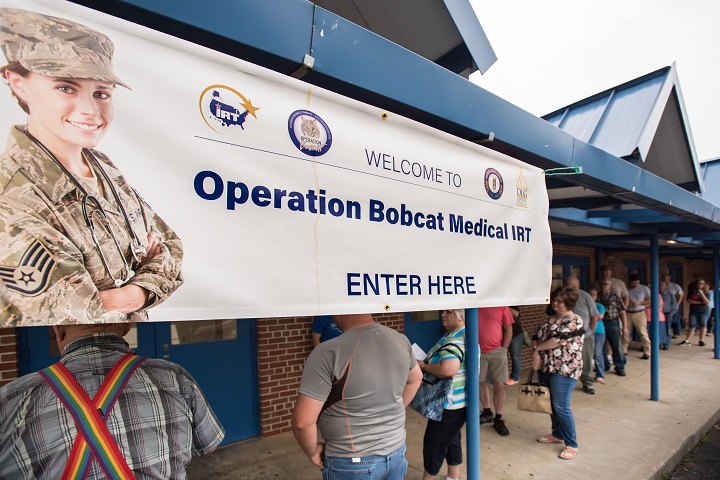
The primary purpose of Operation Bobcat is to provide military medical troops with crucial training





















.png)









No hay comentarios:
Publicar un comentario